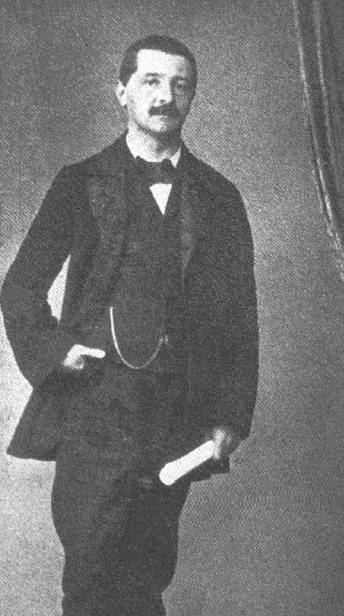Form Missa pro defunctis | Catalogue WAB 39 Published 1930 (1930) | |
 | ||
Dedication In memory of Franz Sailer Performed 15 September 1849 (1849-09-15): St. Florian Monastery | ||
The Requiem in D minor, WAB 39, by Anton Bruckner is a setting of the Missa pro defunctis for mixed choir, vocal soloists, three trombones, one horn, strings and organ with figured bass, written in memory of Franz Sailer, the notary of the St. Florian Monastery, who bequeathed Bruckner a Bösendorfer piano. The Requiem was premiered on 15 September 1849 in the St. Florian Monastery, a year after Sailer's death.
Contents
Setting
- Introit: Requiem – Andante, D minor
- Sequence: Dies irae – Allegro, D minor
- Offertorium
- Domine – Andante, F major
- Hostias – Adagio, B-flat major: Chorale by divided man voices and trombones
- Quam olim – Con spirito, F minor: Double fugue, ending in F major
- Sanctus – Andante, D minor
- Benedictus – Andante, B-flat major - a solo horn replaces one of the trombones
- Agnus Dei and Communion
- Agnus Dei – Adagio, D minor
- Requiem – Adagio, D minor: Chorale a cappella
- Cum sanctis – Alla breve, D minor, ending in D major
Total duration: about 37 minutes
The Requiem is most likely Bruckner's "first truly large-scale composition and probably his first significant work." "[It] is amazing what he achieved, especially if we look at the great double fugue of the Quam olim Abrahae, written at least six years before he even commenced his thorough contrapuntal studies with Simon Sechter!" "The Requiem was Bruckner's first larger-scale composition and also his first work with orchestra. As a highly self-critical seventy-year-old, Bruckner passed judgement on the work as follows: 'It is not bad!'."
There is clear influence of Mozart throughout the work.
[There] are many passages reminiscent of what was even then, in 1848/49, a past age (the very opening points irresistibly to Mozart's Requiem in the same key), and though the very inclusion of a figured bass for organ continuo strikes one as backward looking, there are already several flashes of the later, great Bruckner to come.
[Despite it] is by no means a perfect masterpiece... [it] can be said to be the first full demonstration that the young man was a composer of inestimable promise. ... [The] expressively reticent opening of the opening of the Requiem, with his softly shifting syncopations in the strings ... already faintly anticipates one or two of his own symphonic passages in the two earlier D minor symphonies, for instance Nos. '0' and 3... [We] cannot escape the solemn beauty of this music, which already has the authentic atmosphere of natural genius.
During the years following the composition of the Requiem, Bruckner wrote a number of small choral works as well as two works on a larger canvas: a Magnificat (1852) and the Missa solemnis in B-flat minor (1854). Strangely enough these do not quite measure up to the qualities inherent in the earlier Requiem.
Versions and editions
Bruckner made a slight revision of the score in 1892.
There are three different editions in the Gesamtausgabe:
Selected discography
The Requiem remains still somewhat in the background of other Bruckner's works. Most of the about 20 recordings of it are live performances, which were not brought to the commercial market.
The LP recording by Schönzeler in 1970 was a pioneer. Matthew Best's CD recording is still, according to Hans Roelofs, currently the reference. Farnberger's recording (1997) with the St. Florianer Sängerknaben, which was recorded in the St. Florian Abbey, provides the listener with a whiff of authenticity. Out of the more recent recordings, Roelofs picks out Janssens' recording of 2006 with the Laudantes Consort, and Susana Acra-Brache's recording of 2010 with the Grupo Vocal Matisses.
This long out-of-print LP has been transferred to CD: Klassic Haus KHCD 2011-092, 2011 (with Psalm 146 by Wolfgang Riedelbauch).
This historical, previously not issued performance has recently been transferred to CD: BSVD-0111, 2012
